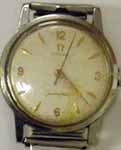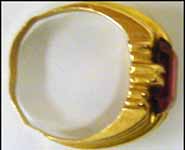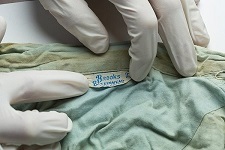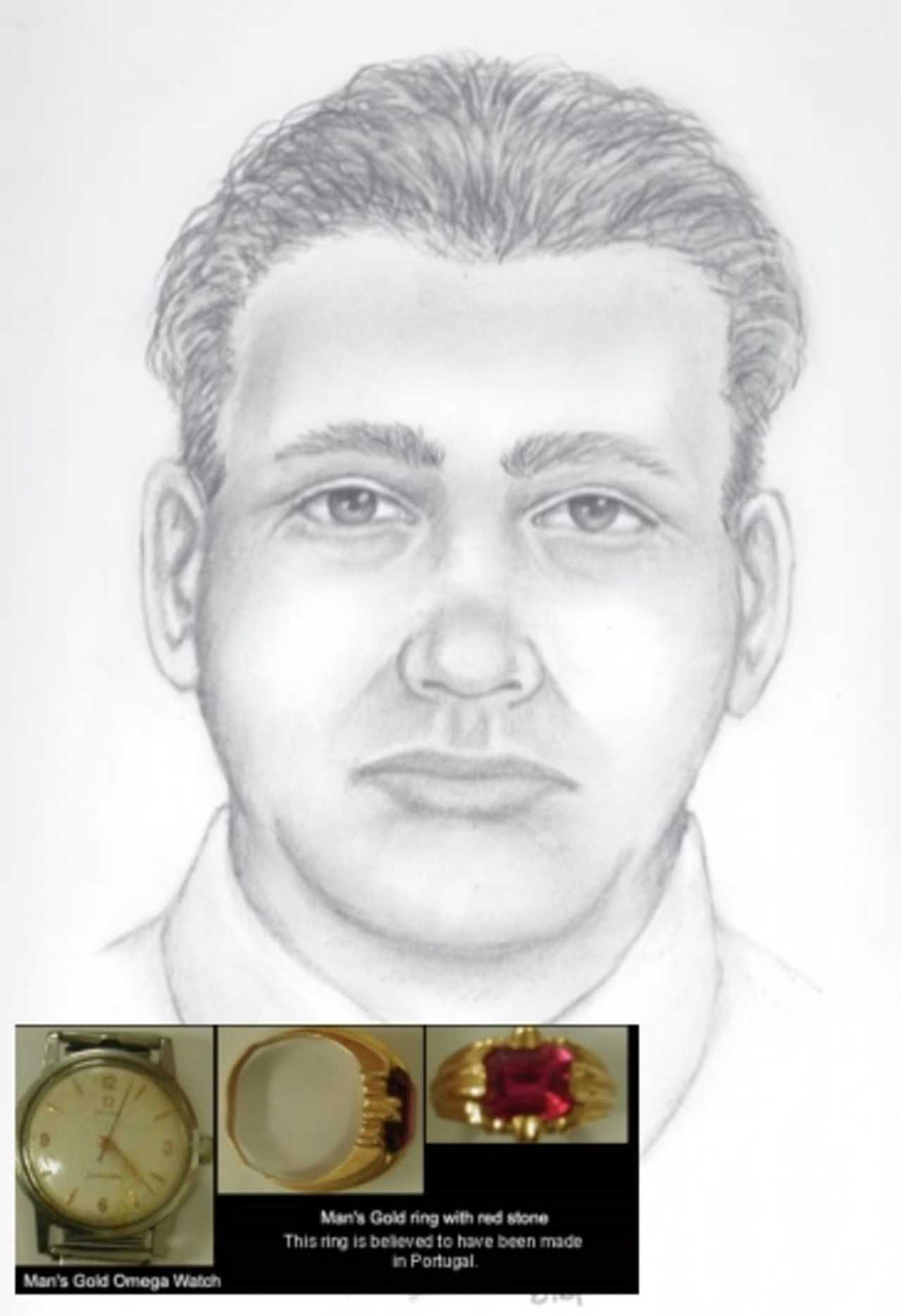Unlike most cases in which a body is dumped, the West Saugerties John Doe was found within a couple of days of his death. And unlike many cases in which

www.recordonline.com
By
Heather Yakin Times Herald-Record
Posted Sep 25, 2016
UNSOLVED: Police still working West Saugerties case
Unlike most cases in which a body is dumped, the West Saugerties John Doe was found within a couple of days of his death. And unlike many cases in which someone is shot in the back of the head, his face was undamaged.
But 46 years later, police still don’t know who he was. Without a name, there’s no way to determine who killed him or why.
So New York State Police investigators James Browne and Andrew Kinderman have been working to try to put a name to the man who was buried in the Blue Mountain Cemetery in Saugerties, the man whose violent end is documented in a sheaf of photos from the crime scene and the autopsy room.
“We need to identify him before we can solve the case,” Browne said.
The man’s body was found on Feb. 1, 1970, about 50 feet down a steep, snowy embankment below Platte Clove Road in West Saugerties. He was face up, his hands raised — as if he’d been dragged down the hill, although police aren’t sure that was the case. They’re sure he was killed elsewhere, and his body dumped over the embankment roughly 100 feet beyond where the pavement of Platte Clove gave way to gravel on the road’s seasonal section.
He was dressed in layers: a tan raincoat topped a dark green suit with faint pinstripes. Under the suit, he wore another shirt, and beneath that he wore pajamas. He wore black dress shoes and rubber overshoes, gray socks and a black silk tie (label: “Playboy”), an Omega Seamaster watch and a gold ring with an ostentatious red stone. He had $156 in his pockets.
His undershirt was a Brazilian value brand. His ring bore a stamp that, according to local jewelers consulted by police, indicated it was made in Brazil. Even the .25-caliber bullets that killed him appear to match a Brazilian brand.
Back in the 1970s, the watchmaker Omega traced the watch to a store in Portugal, in a town popular with tourists. But the trail ended there: The person who bought the watch never registered for the warranty.
The original investigators pulled fingerprints and tried to identify the man.
“The fingerprints, the photos, were all at the time sent to Interpol,” Kinderman said. “Even with that, no ID.”
Based on the clothes and jewelry, Browne and Kinderman believe the man was from Brazil. After working on leads with an officer from the NYPD fluent in Portuguese, they think the layered clothing may have been for warmth.
In June 2015, investigators exhumed the unknown man’s body. They collected both femurs and some teeth, and sent the bones to the University of North Texas, where the lab was able to pull a full DNA profile.
“No hits yet,” Browne said.
They’re sharing the photos and a new sketch of the victim in hopes that now someone might recognize the man and be willing to come forward.
“He was found within a couple of days,” Browne said. “We should be able to identify this guy.”



 www.crimewatchers.net
www.crimewatchers.net












